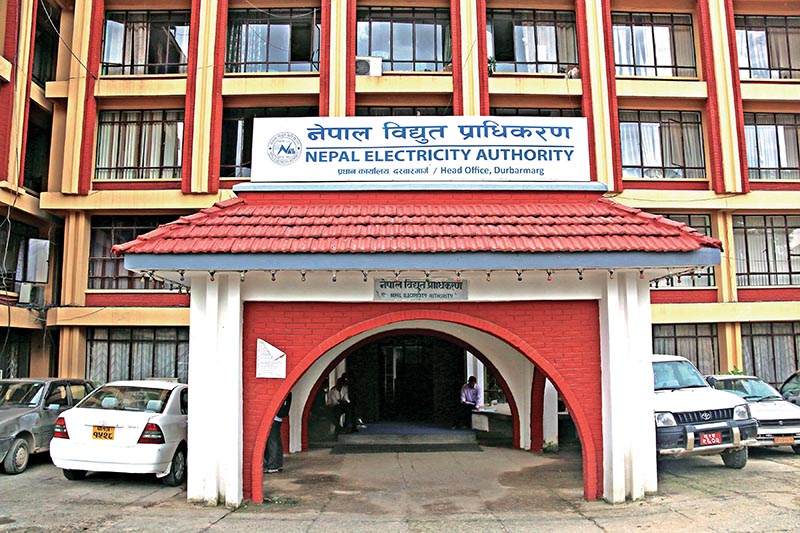Dhalkebar substation charged at full capacity
KATHMANDU, NOVEMBER 12
Nepal Electricity Authority (NEA) — the country’s sole power utility — completed the charging of Nepal’s first 400 kV capacity Dhalkebar substation at its full capacity at around 8:15pm on Wednesday. With the operation of the substation at its full capacity, the 400 kV Dhalkebar-Muzaffarpur cross-border transmission line has also come into operation with the same load, as per NEA.
“With the completion of the project, Nepal will be able to transmit up to 1,000 megawatts of electricity through the country’s first-ever high-voltage cross-border transmission line — the 400 kV Dhalkebar-Muzaffarpur Transmission Line,” said Madan Timsina, spokesperson for NEA.
He further said that the operation of the 400 kV Dhalkebar substation will also be useful for transmitting reliable electricity within the country from the east to west and vie versa. However, Nepal is yet to strengthen its transmission network within the country.
According to Shailendra Guragain, president of Independent Power Producers’ Association Nepal, the Dhalkebar substation is the backbone of Nepal’s power sector as it connects east-west electricity transmission in the country. However, with the delayed construction of transmission lines across the country including transmission lines of Kabeli Corridor, Koshi Corridor, Sunkoshi Corridor and Trishuli Corridor, Nepal will not be able to fully utilise the benefits of the substation.
He hopes for timely completion of the transmission line projects.
Nevertheless, the operation of the Dhalkebar substation is an important milestone for Nepal’s hydropower sector.
The substation, being the major hub for power exchange between Nepal and India, will ease the process of importing power to meet the increasing demand of electricity in Nepal while exporting the same to India when the country has surplus energy.
Stating that the country has surplus energy even at present, Guragain said that the government has not been able to manage the surplus energy.
“Either the government should create a favourable environment within the country for the consumption of surplus energy by encouraging the domestic industries to utilise the electricity when it is surplus in off-peak hours (night time) by providing them electricity at subsidised rates or it should build an international collaboration for power trade through government-to-government model,” he added.
Dhalkebar substation was initially charged at 132 kV in January 2016 and 80 megawatts of electricity was imported from India while the substation was charged at 220 kV voltage in July of 2018.
Meanwhile, the construction of 132 kV substation was started in 2010, while the construction of 400 kV substation was started in September 2018.
The construction of 400 kV substation at Dhalkebar has been completed by ABB India Limited under the supervision of NEA Engineering Company.
The contract for the construction of Dhalkebar substation project had been awarded to ABB India Limited in December 2017 and the project was scheduled to be completed by December 2019. According to Timsina, the project could not be completed on time due to the delay in construction work by the contractor and adverse situation created by the COVID-19.






